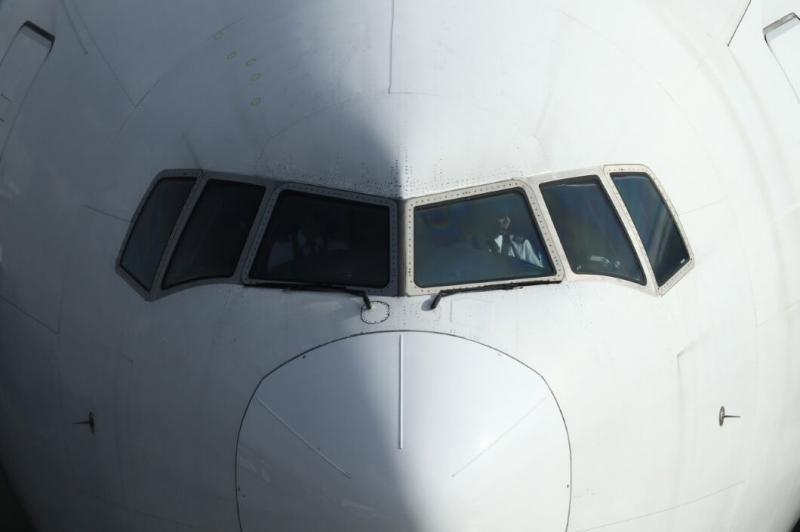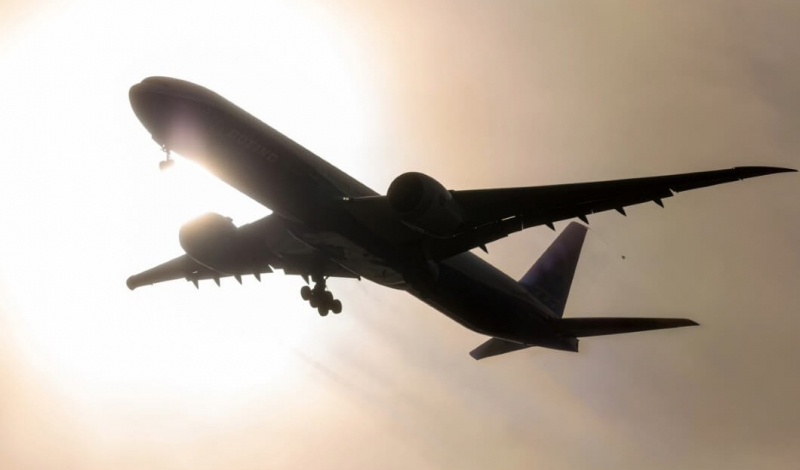Boeing’s third quarter was, to put it mildly, a mixed bag. While aircraft shipments climbed, profits decidedly did not, resulting in a rather hefty $5.34 billion net loss, specifically for July to September. This, in large part, stemmed from a $4.9 billion pre-tax charge related to the much-delayed 777X program.
Revenue did jump—about 30 percent to $23.27 billion—thanks to increased deliveries. Still, the ongoing, and seemingly never-ending, certification saga of the twin-aisle 777X continues to hamper the company’s overall financial performance.
The 777X, envisioned as the future for efficient, long-distance air travel, has become a significant financial drain. Originally announced back in 2013 with hopes of flying commercially by 2020, the jet (specifically the 777-9 variant) remains grounded, caught up in the FAA’s regulatory process. As one industry insider bluntly stated, the plane “should have been flying passengers for years,” a sentiment likely shared by many within Boeing itself.
Charges Pile Up on the 777X Tab
That most recent $4.9 billion charge isn’t a one-off situation; it is more like the latest chapter in what has become an expensive story. For example, in Q3 of 2024, Boeing absorbed a $3 billion charge, a portion of which was set aside for the 777X. And if you go back further, to late 2020, the program took a $6.5 billion hit. Various other unallocated charges have appeared in the accounts along the way, turning what was supposed to be a major asset into a costly burden.
The primary cause? A drawn-out certification process, pushing the anticipated delivery date to 2027 (it was initially 2026). Rumors circulated early in October about a potential year-long 777X’s delay (costing perhaps $2.5 to $4 billion), which then became official. CEO Kelly Ortberg, who took over after the 737 MAX issues, told employees that finishing the certification program was taking longer than expected and that the first 777-9 delivery was now expected in 2027. Ortberg downplayed any problems with the aircraft’s structure or engines, placing the blame on FAA procedures. He also stated that the recent government shutdown had not affected things. Incoming CFO Jay Malave offered some hope, projecting that the program should be cash flow positive by 2029, although the delay until 2026 is expected to result in a $2 billion shortfall.
MAX Certification Snags and Production Push
The 777X isn’t Boeing’s only headache. The 737 MAX family (still dealing with the aftermath of the mid-air door plug issue from 2024 and a recent strike) also faces its own certification difficulties. The MAX 7 and MAX 10 variants, targeted for introduction in 2026, are facing hurdles with their anti-ice engine systems and are running years behind schedule.
Click here to preview your posts with PRO themes ››
However, there are some positive signs. The FAA approved an increase in production for the 737 MAX 8 and 9, from 38 to 42 aircraft per month. Production of the 787 Dreamliner is also increasing, from five to seven per month, and is projected to hit eight by the end of 2025 and ten in 2026. These improvements helped increase Boeing’s order backlog to $636 billion by the end of September, making it one of the top exporters in the US.
In addition, cash flow improved, showing a $1.12 billion increase, which was the first positive quarter since late 2023 and reflected increased deliveries after the Alaska Airlines incident back in January and the earlier labor issues.

Strike Shadows and Delivery Doubts
The labor issues, or rather, the shadow of them, continues to linger. Since the beginning of August, about 3,200 machinists at key defense facilities have been on strike, rejecting the latest contract offer by a very slim margin. Ortberg has put a “crisis management plan” into action, while Malave has dismissed the financial impacts as “intangible.” Boeing’s response has been to hire “permanent” replacement workers.
The company has stated that deliveries for Defense, Space, and Security (BDS) continue uninterrupted. The view from the International Association of Machinists (IAM) differs sharply, labeling Boeing’s recent hires as essentially underqualified replacements. According to the union, Boeing’s struggle to find personnel equivalent to their experienced members is a key factor delaying deliveries. This labor issue, evidenced by tent encampments near Everett and Renton plants, poses a test for Ortberg’s initial period in charge, potentially impacting crucial military contracts amidst ongoing geopolitical uncertainties.
Can Boeing Stabilize at 30,000 Feet?
Boeing’s Q3 results paint a picture of conflicting forces: strong underlying performance, yet significantly offset by escalating expenses. Although the 777X’s delay is frustrating, it does provide additional time to refine an aircraft positioned to compete with Airbus’s A350—offering approximately 10% improved fuel efficiency and capacity for up to 426 passengers. Nevertheless, with share prices falling after earnings and analysts anticipating additional write-downs, Ortberg faces increasing pressure not only to deliver aircraft, but also to restore confidence.
The emphasis for Boeing shifts to practical implementation as production increases and order backlogs expand. The company must successfully navigate certifications, resolve the ongoing labor dispute, and demonstrate the 777X’s value beyond financial reports. In an industry where hold-ups can lead to a chain reaction of further delays, the critical factor is not simply achieving a certain operational level, but rather whether Boeing can execute a smooth landing before future problems arise. The path ahead may be open, but significant uncertainties linger.


